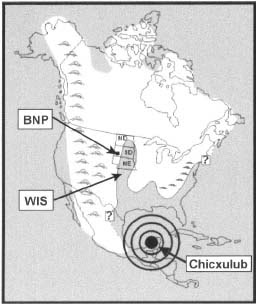
Dear Ted,
I saw you one time in the early 1980s, in your Wango Tango glory days when you still had hits on the radio and your ear-drums hadn't exploded.
And I remember the night like it was yesterday. I remember how you went by outside the hockey rink in the back seat of your limo, golden mane flying free out the window and a ten foot line of drool hanging off your bottom lip. I remember how you told the crowd in Victoria, B.C .that you had come all this way to "grab yourself some good Canadian PUSSY". And I remember how when you told that joke about smoking just a two-paper joint before the show you added a bit of local color to the punch-line: : "But do you know how much dope you can stick in two copies of the Victoria Times Colonist?" We all appreciated that.
And I especially remember how you swung onto stage on a vine, wearing nothing but a loin-cloth, and how, for those kids brave enough to fight their way to the front of the stage through the Electric Mayhem, it was possible to see you Nads clear as day, blowing in the amplifier wind and well tanned from all those hours of nude tanning under the Detroit sun.
And I remember the music, the transplendent solo in the middle of Stranglehold, and how you finished the evening with a rousing rendition of your biggest hit, Freebird.
Quite a night, all told, and more than worth the buzzing in the ears because, in my case at least, it went away after a month or so.
All of which makes me so disappointed by your latest column in the
Waco Tribune-Herald, where you wrote:
I have musical touring associates who have been fired from their jobs with ex-Beatle Paul McCartney for sneaking a hamburger.
You heard that right. Fired for eating meat by an animal-rights maniac, hard-core vegan bass player.
The entire agenda of the gazillion-dollar-financed joke known as PETA literally is dedicated to outlawing meat.
Neither I, nor any hunter or meat eater on the planet, has any desire whatsoever to influence any vegetarian's choice of diet or to force them to eat meat. We are the friendly, tolerant Americans.
And what I want to know, Ted, is when did you suddenly go all Commie, when did you start hating the very Capitalism that made America great? Don't get me wrong, I like a burger as much as anyone, and McCartney turned into a Dork when he bought his Knighthood, if he wasn't one already.
But Goddamnnit, the man is a business-man! His tour is his business. Now, when I go to work in the morning and my boss tells me to wear a suit and a silly tie, I do what he tells me to do. When he tells me to look the door to his office and take my pants off, I do that too, because that's his prerogative as a Capitalist. Yes, Ted, a Capitalist, those people to whom we owe our prosperity and our very Freedom.
So, in my opinion, Paul McCartney has the right to run his own business in whatever way he sees fit. And I'm surprised you would believe anything different, Mr. Nugent.






















